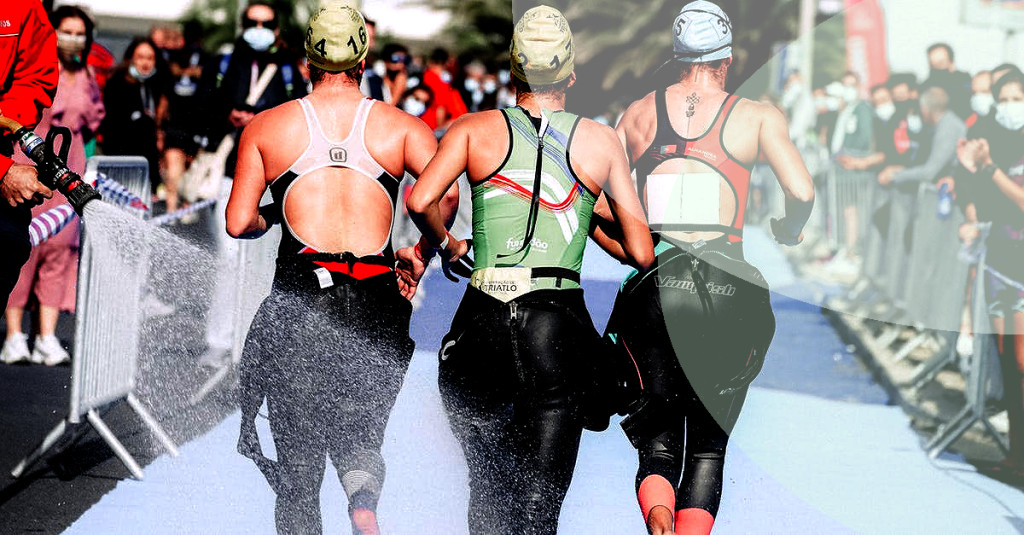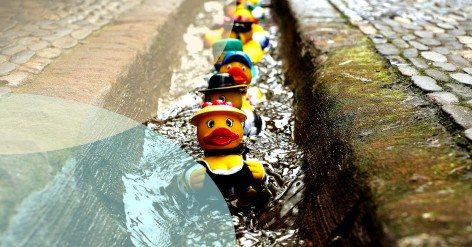How to Build a DIY Outdoor Shower

Step 1: Choose Your Perfect Style and Location
Escape the heat and embrace the cool water solace of an outdoor shower. In this article, we'll take you step-by-step through the process of creating your own refreshing DIY outdoor shower that you'll never want to leave. Let's dive in!
Location:
Before you start building, make a decision on the style and location for your outdoor shower. Consider functionality, aesthetics, and potential plumbing requirements.
Style:
- Choose an area that's level, well-draining, and has easy access to water and drainage.
- Ensure privacy by placing the shower near a fence, wall, or enclosed area.
- Consider a location close to your house, so you can easily access electricity for lights or power tools.
Step 2: Gather Your Materials & Tools
- A minimalist approach: Use a simple showerhead attached to a garden hose for functionality over form.
- The complete spa experience: Consider a more elaborate design with multiple showerheads, wooden or tiled walls, and flooring.
Materials:
Time to go shopping! Below is the list of essential materials and tools required for your DIY outdoor shower project.
Tools:
- Showerhead and arm - check out Ferguson for a range of stylish options.
- Water supply lines and shut-off valve
- PVC pipes, elbows, and T-joints
- Outdoor-rated wood or alternative materials for walls and floor
- Concrete blocks for the shower base (optional)
- Waterproof sealant (marine grade)
- Screws, nails, brackets, and mounting hardware
- Stain or paint for wood protection (optional)
Related articles
Step 3: Plan Your Plumbing
- Measuring tape
- Level
- Saw or power saw
- Drill and drill bits
- Adjustable wrench and plumbing wrench
- Hammer
- Pipe cutters
- Utility knife
- Paintbrush or paint roller
Connecting to Your Existing Water Supply:
The plumbing system for your outdoor shower can be connected to your home's existing water supply, or a standalone system using a garden hose.
Garden Hose Set-Up:
- Determine the main water line and identify where you will connect your shower water line.
- Install a shut-off valve at the connection to the main water line.
- Run a water supply line from the shut-off valve to the location of your shower.
- Install an elbow or T-joint at the shower location to split the water line between hot and cold connections.
- Connect the showerhead/arm to the water supply lines.
Step 4: Assemble Your Shower Space

- Purchase a garden-hose-to-showerhead adapter (found in most hardware stores).
- Attach the showerhead to the adapter and tighten it to the hose.
- To ensure water flow isn't obstructed, use a hose splitter to create a separate water line for the shower if necessary.
Step 5: Put on the Finishing Touches

Your outdoor shower space can be as basic or elaborate as you choose. You can build a wooden frame structure or use existing structures like fences and walls. Consider these steps for a wooden freestanding structure:
- Cut the wooden posts to the desired height of your shower enclosure.
- Secure the vertical posts in place using concrete blocks, brackets or set them into the ground with cement.
- Run horizontal support beams across the tops of the vertical posts, securing them with screws, nails, or brackets.
- Attach wooden planks or alternative material to the frame, starting from the bottom and working your way up, creating walls for privacy.
- To build the floor, create a wooden grid using beams supported by concrete blocks, and then attach the wooden planks or alternative flooring to the grid.
For a comprehensive example, check out this DIY outdoor shower tutorial.
Add the final touches to your shower space, such as:
- Applying a waterproof sealant to protect the wood from water damage.
- Staining or painting your enclosure to complement your outdoor decor.
- Installing hooks for towels and toiletries.
Whether choosing a rustic wood enclosure or sleek tiling, your outdoor shower is bound to provide you with a refreshing retreat in the warm months ahead! Now take a step back, admire your handiwork, and get ready to enjoy your DIY outdoor shower oasis. Happy showering!





